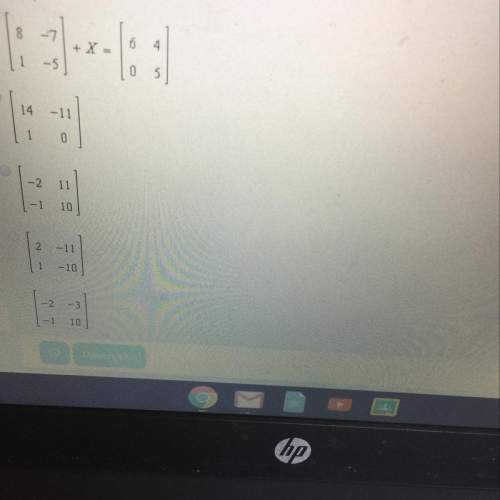
Mathematics, 18.09.2019 19:00 ramirez5571
Use the associative property of addition to find the total of 1, 10, and 18 in two different ways.
a. 1 + 10 + 18 = 11 + 18 = 29; 10 + 18 + 1 = 28 + 1 = 29
b. 1 + 10 + 18 = 11 + 18 = 29; 18 + 10 + 1 = 28 + 1 = 29
c. (1 + 10) + 18 = 11 + 18 = 29; 1 + (10 + 18) = 1 + 28 = 29
d. (1 + 10) + 18 = 11 + 18 = 29; (10 + 1) + 18 = 11 + 18 = 29

Answers: 2


Other questions on the subject: Mathematics



Mathematics, 22.06.2019 00:30, lareynademividp0a99r
Find the solution on the interval [0, 2pi)
Answers: 1

Mathematics, 22.06.2019 00:50, lorraneb31
C. using a standard deck of 52 cards, the probability of selecting a 4 of diamonds or a 4 of hearts is an example of a mutually exclusive event. true of false
Answers: 1
You know the right answer?
Use the associative property of addition to find the total of 1, 10, and 18 in two different ways. <...
Questions in other subjects:

English, 28.08.2019 22:40



History, 28.08.2019 22:40

English, 28.08.2019 22:40

Mathematics, 28.08.2019 22:40

English, 28.08.2019 22:40


Physics, 28.08.2019 22:40





